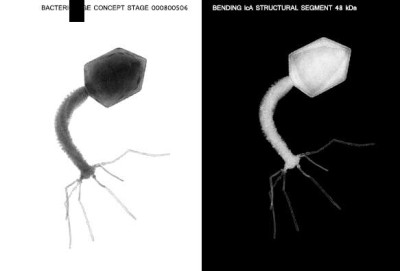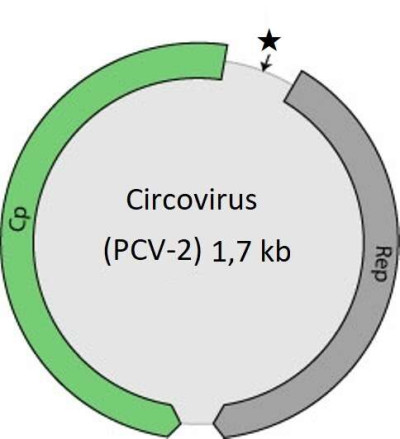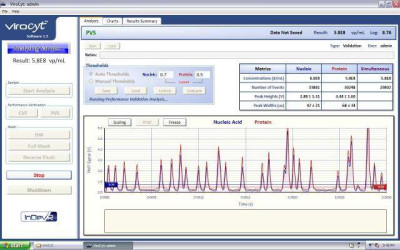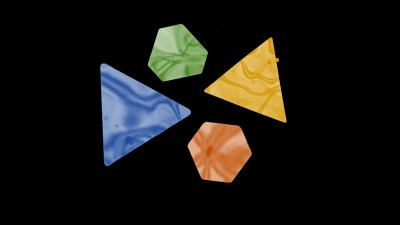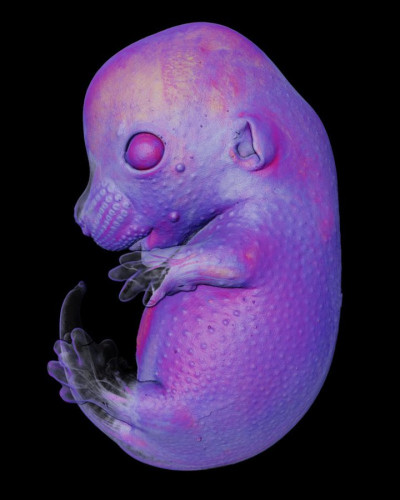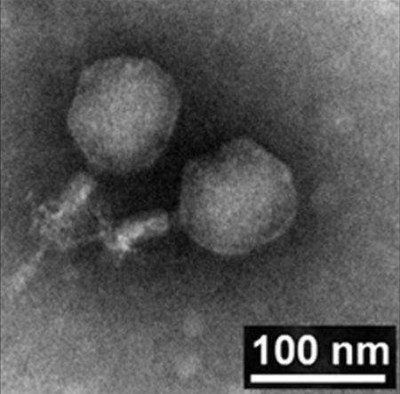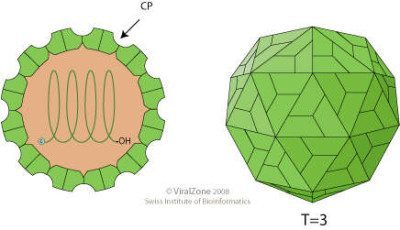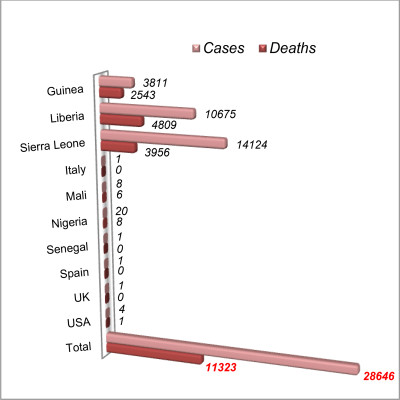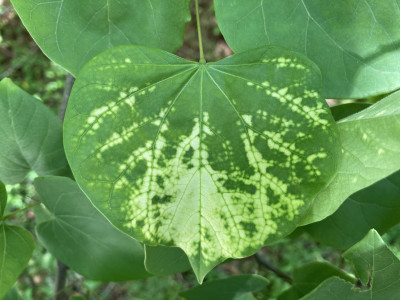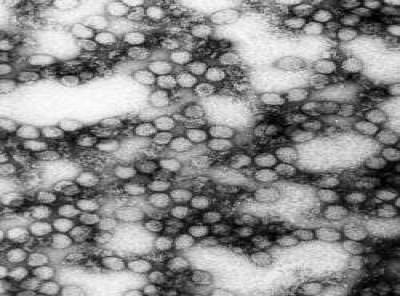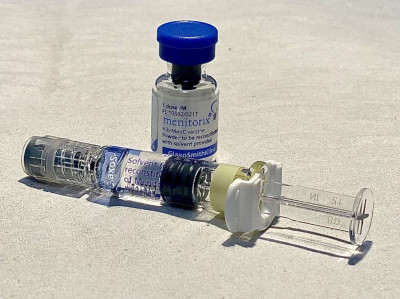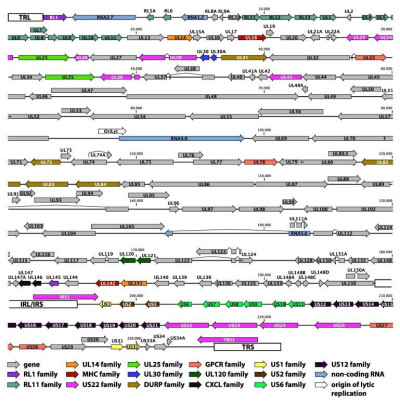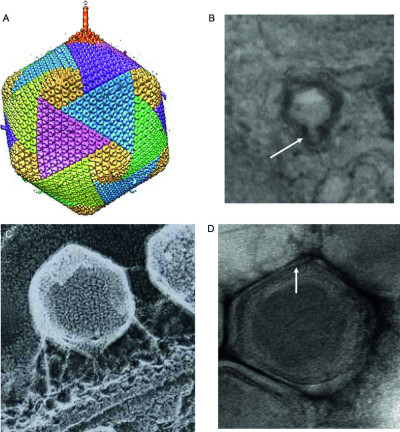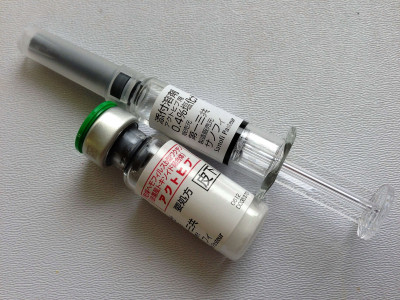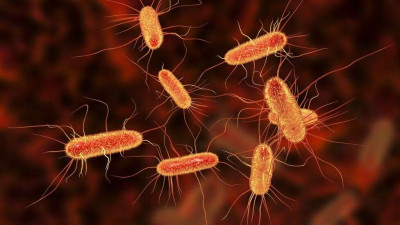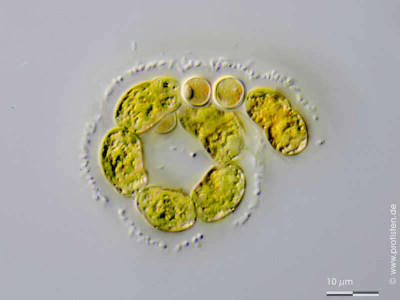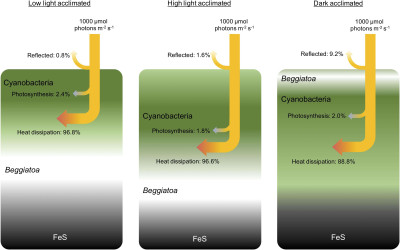The image of bacteriophage Myoviridae family. Image was created by computer program and the design and appearance of the virus is not completely equal to the real one.
Wikimedia Commons, kukski
15 Apr 2024
Genome map of Porcine Circovirus 2 (PCV-2). Stern = Origin of replication (stem loop).
Wikimedia Commons, ViralZone, SIB Swiss Institute of Bioinformatics
18 Apr 2024
Carbon nano-scrolls (CNS) is a special type of carbon-nanomaterial. This unique nanostructure can have a number of useful technological applications like for example drug delivery systems [1].
01 Jul 2024
The nuclearity of a nanostructure is the number of atoms or molecules contained in it. Since nanostructures have an extremely small sizes also nuclearity is a quite small number, usually lower than 1,000. In addition, nanostructures are made of surface matter; indeed, surface prevails on bulk. As a consequence, the nuclearity approximately corresponds to the number atoms/molecules located on the nanoparticle surface. The picture shows four regularly shaped 2D gold lamellar crystals, that have been artificially colored to better evidence the presence of interference fringes. According to this picture, gold nanocrystals are so thin (only a few atomic layers) that an interference phenomenon occurs between the electron beam and the nanostructure crystal lattice.
01 Jul 2024
A microscopic view of a mouse embryo reveals early anatomical features like the developing neural tube and beating heart. Clusters of cells destined to form organs and tissues undergo rapid growth and differentiation. Vascular networks begin to emerge, essential for nutrient exchange, highlighting the intricate stages of embryonic development.
05 Jul 2024
TEM morphology of phage SH-Ab 15708.
Wikimedia Commons, Kenta Okamoto, Naoyuki Miyazaki, Hemanth K. N. Reddy, Max F. Hantke, Filipe R. N. C. Maia, Daniel S. D. Larsson, Chantal Abergel, Jean-Michel Claverie, Janos Hajdu, Kazuyoshi Murata, and Martin Svenda
10 Apr 2024
Schematic drawings of Tombusviridae virions (cross-section and side view).
ViralZone, SIB Swiss Institute of Bioinformatics, Wikimedia Commons
15 Mar 2024
Genome map of the Marnaviridae.
Wikimedia Commons, Uniprot/SIB Swiss Institute of Bioinformatics (ViralZone)
18 Apr 2024
Ebolavirus disease Cases and Deaths reported during 2014-2016 outbreak in the world.
Wikimedia Commons, Francesco Pettini
18 Apr 2024
Infected redbud trees may display symptoms such as yellow ringspots or irregular patterns on the leaves, leaf mottling or discoloration, leaf distortion, and stunted growth. The ringspots may vary in size and intensity, and the severity of symptoms can depend on factors such as the strain of the virus, the health of the tree, and environmental conditions.
iNaturalist
25 Apr 2024
Everglades virus (EVEV) belongs to the group of alphaviruses found within the Venezuelan equine encephalitis virus complex. It typically spreads among rodents and mosquitoes that serve as vectors. On rare occasions, it can infect humans, leading to a feverish sickness, sometimes accompanied by neurological symptoms.
Wikimedia Commons
11 May 2024
Description: https://www.medicines.org.uk/emc/product/167/smpc#gref Menitorix - Powder and solvent for solution for injection Haemophilus type b and Meningococcal group C conjugate vaccine. Date: 23 December 2021.
Whispyhistory, Wikimedia Commons
24 Jul 2024
Scanning electron micrograph of methicillin-resistant Staphylococcus aureus (MRSA, brown) surrounded by cellular debris. MRSA resists treatment with many antibiotics.
NIAID/NIH, Wikimedia Commons
08 Aug 2024
Genome annotation of the low-passage HCMV strain Merlin (GenBank accession NC_006273). The dsDNA genome is visualized as a single line; nucleotide positions are given in bps. Terminal and internal repeat regions (TRL, IRL/IRS and TRS) are indicated with white boxes. Arrows represent genes; different gene families are designated with different color codes, as illustrated below the genome. The four large non-coding RNAs and the origin of lytic replication are also represented. [1]
Wikimedia Commons, MDPI
24 Apr 2024
(A) Fivefold averaged cryo-electron micrographs of Paramecium bursaria chlorella virus 1 (PBCV-1) reveal a long, thin, cylindrical spike structure at one vertex and protrusions (fibers) extending from one unique capsomer per trisymmetron (from Cherrier et al. (2009). Proc. Natl Acad. Sci., USA, 106, 11085-89; with permission). (B) Putative tail structure (arrowed) can be observed in Emiliania huxleyi virus 86 (EhV-86) in the cytoplasm of infected Emiliania huxleyi before release of progeny virions (approx. 3 h p.i.) (adapted from Mackinder et al. (2010). J. Gen. Virol., 90, 2306-2316; with permission). (C) PBCV-1 attached to the cell wall of its host as viewed by the quick-freeze, deep-etch procedure. Note: fibers attach the virus to the wall (photo courtesy of John Heuser). (D) EhV-86 virion showing the putative internal lipid membrane (arrowed).
Wikimedia Commons, Wilson, W.H., Van Etten, J.L., Schroeder, D.C., Nagasaki, K., Brussaard, C., Bratbak, G. and Suttle, C.; Cherrier, Mackinder et al
10 May 2024
ActHIB is a vaccine indicated for the prevention of invasive disease caused by Haemophilus influenzae type b. ActHIB is approved for use in children 2 months through 5 years of age JAPAN 2016. Date: 28 June 2016, 15:31:55.
melvil, Wikimedia Commons
24 Jul 2024
Escherichia coli are Gram-negative short rods with dimensions of 0.5-3.0 * 0.5-0.8 micrometers, showing motility due to peritrichous flagella. Date: 6 May 2020.
Volunteer7, Wikimedia Commons
25 Jul 2024
Scale bar indicates 10 µm. Collected from a pond near Lemkendorf, isle of Fehmarn (Baltic Sea). The image was built up using several photomicrographic frames with manual stacking technique. The images were taken using Zeiss Axioplan with Canon EOS 70D.
Wolfgang Bettighofer, protisten.de
01 Aug 2024
Biomass distribution in a bacteria mat under different light conditions Conceptual drawing of the biomass distribution during different light acclimation scenarios and the corresponding radiative energy budgets of the entire photic zone measured under an incident photon irradiance of 1000 μmol photons m–2 s–1. The surface layers of the microbial mat were dominated by dense populations of motile cyanobacteria (Microcoleus sp. and other filamentous species) and filamentous sulfide oxidizing bacteria (Beggiatoa spp.). Beneath the narrow photic zone, a dark FeS-containing sediment layer was present. In low light, the upper layers became oxidized driving the O2-H2S interface and thus Beggiatoa deeper into the mat, while the motile cyanobacteria moved toward the mat surface under non-inhibitory light levels. In high light, a larger part of the biofilm is oxidized, Beggiatoa moved further down, while motile cyanobacteria in the top layers started to move downwards to avoid high photoinhibitory light levels at the microbial mat surface. In darkness, the entire mat became anoxic and the Beggiatoa moved to the mat surface forming a white layer on top of the cyanobacteria, to avoid the high levels of H2S and remain at the O2-H2S interface (Preisler et al., 2007), whereas the cyanobacteria remained in a dense layer underneath. [1]
Mads Lichtenberg, Paulo Cartaxana and Michael Kühl, Wikimedia Commons
08 Aug 2024
 Encyclopedia
Encyclopedia
